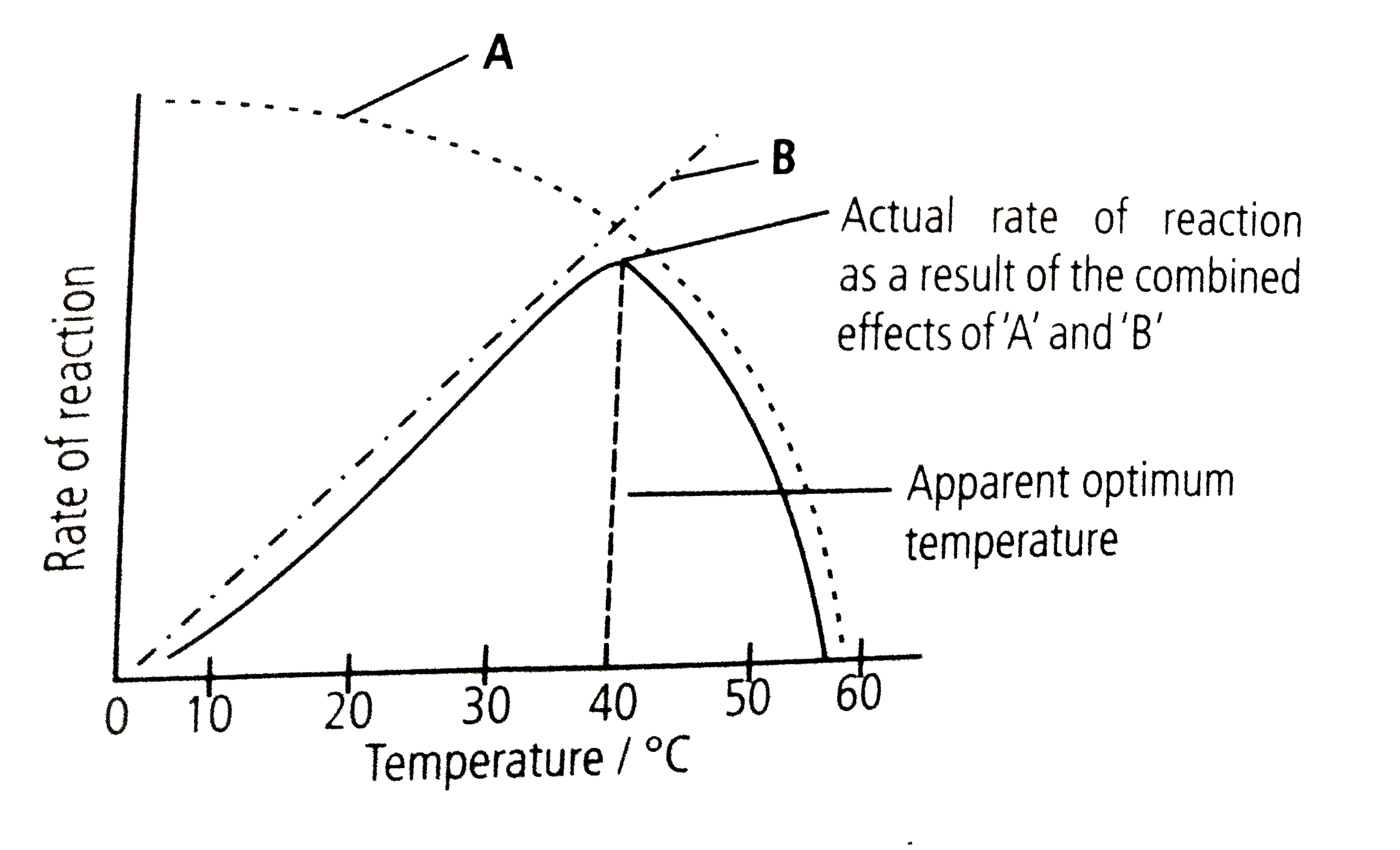Enzyme action comes to a stop when hydration decreases in maturing seeds to
50 - 60%
30 - 45%
25 - 30%
10 - 20%
The correct Answer is:D
To solve the question regarding the cessation of enzyme action due to decreased hydration in maturing seeds, we can follow these steps:
1. Understanding the Role of Water in Germination:
- Water is crucial for the germination process of seeds. It activates enzymes that are necessary for metabolic processes.
2. Impact of Dehydration:
- As hydration decreases, the water content in seeds drops. This leads to a reduction in the activity of enzymes that facilitate growth and metabolism.
3. Identifying the Critical Hydration Levels:
- The question provides several hydration percentage options: 50-60%, 30-45%, 25-30%, and 10-20%. We need to determine at which hydration level enzyme action stops.
4. Analyzing the Options:
- As hydration decreases to lower levels, the seed's ability to sustain enzyme activity diminishes. The transcript indicates that enzyme action stops when hydration reaches a critical low.
5. Determining the Correct Answer:
- According to the information provided, enzyme action ceases when hydration levels drop to 10-20%. This is the threshold at which the embryo inside the seed stops growing and may eventually die due to insufficient water.
6. Final Conclusion:
- Therefore, the correct answer to the question is 10-20% (Option 4).
- Water is crucial for the germination process of seeds. It activates enzymes that are necessary for metabolic processes.
- As hydration decreases, the water content in seeds drops. This leads to a reduction in the activity of enzymes that facilitate growth and metabolism.
- The question provides several hydration percentage options: 50-60%, 30-45%, 25-30%, and 10-20%. We need to determine at which hydration level enzyme action stops.
- As hydration decreases to lower levels, the seed's ability to sustain enzyme activity diminishes. The transcript indicates that enzyme action stops when hydration reaches a critical low.
- According to the information provided, enzyme action ceases when hydration levels drop to 10-20%. This is the threshold at which the embryo inside the seed stops growing and may eventually die due to insufficient water.
- Therefore, the correct answer to the question is 10-20% (Option 4).
Topper's Solved these Questions
- MOLECULES OF THE CELLBOOK - DINESH PUBLICATION ENGLISHCHAPTER - MOLECULES OF THE CELLEXERCISE - RQ
649 Videos
- MOLECULES OF THE CELLBOOK - DINESH PUBLICATION ENGLISHCHAPTER - MOLECULES OF THE CELLEXERCISE - CYG
43 Videos
- MICROBES IN HUMAN WELFAREBOOK - DINESH PUBLICATION ENGLISHCHAPTER - MICROBES IN HUMAN WELFAREEXERCISE - Brain Teasers-VIII
60 Videos
- MOLLUSCABOOK - DINESH PUBLICATION ENGLISHCHAPTER - MOLLUSCAEXERCISE - CYG
10 Videos
Similar Questions
Knowledge Check
Action potentials occur when :
AA) a neuron receives adequate stimulationBB) sodium gates open in an ever accelerating wayCC) sodium-potassium pumps kick into actionDD) both (a) and (b)Refer to the given graph showing relationship between temperature and enzyme action.
Select the correct statement regarding 'A' and 'B'.
(i) 'A' shows the rate at which reaction decreases due to denaturation of enzyme molecules.
(ii) 'B' shows rate at which reaction increases due to decreased kinetic energy of substrate.
(iii) As temperature rises, more and more enzyme molecules are denatured and 'A' appears to fall.
(iv) 'B' shows rate at which reaction increases due to increased kinetic energy of substrate and enzyme molecules.
 A(i),(iii) and (iv)B(iii) onlyC(iii) and (iv) onlyD(i) and (ii) only
A(i),(iii) and (iv)B(iii) onlyC(iii) and (iv) onlyD(i) and (ii) only
The progenitor of the next generation in mature seed is
View SolutionPersistent endosperm in mature seed is found in :
View SolutionWhich one comes into action during organ transplants?
View SolutionWhat is the role of competitive inhibitor during enzyme action?
(a) It enhances enzyme action
(b) It declines enzyme action
(c) It alters the active site of the enzyme and prevents the binding of substrate
(d) it inhibits breaking of chemical bond of the substrate
View SolutionList the charges that occur when an ovule matures into seed.
View SolutionBy the action of enzymes, the rate of biochemical reaction
View Solution
